Join our WhatsApp community
Editor’s Note: This is the second part in a series of introductory notes on Durga Saptashati or Devi Mahatmya. The first piece summarise the text and narrate the story of Mahishasurmardini among others. This piece places the text in a contemporary context.
The Chandi Paath or Durga Saptashati or Devi Mahatmya is a composition that weaves in many basic tenets of life and spiritual thought in its 700 verses. This piece of poetry with its engaging narration and vivid imagery was probably also intended to suggest these tenets to those for whom the arcane and pithy language of the Upanishads was inaccessible. Some of the key takeaways that continue to be relevant for our times form a part of this note.
There is only Supreme Being – the Divine Goddess or Shakti. She is formless but manifests in various forms.
Episode two of the Devi Mahatmya discusses the emergence of the Devi. The formless (nirguna or nishkala) Devi assumes form (saguna or sakal) when the various gods of the then well-established Hindu pantheon – Shiva, Vishnu, Brahma and the devatas combine their energies (tejas). The tejas is nothing but the primordial Shakti who is the epitome of that who is ‘One’ – the eternal ‘Brahman’.
Since the Divine is One and Truth is One, how can there be a discord within the multiplicity of forms and paths that lead to the ‘One Truth’[i]?
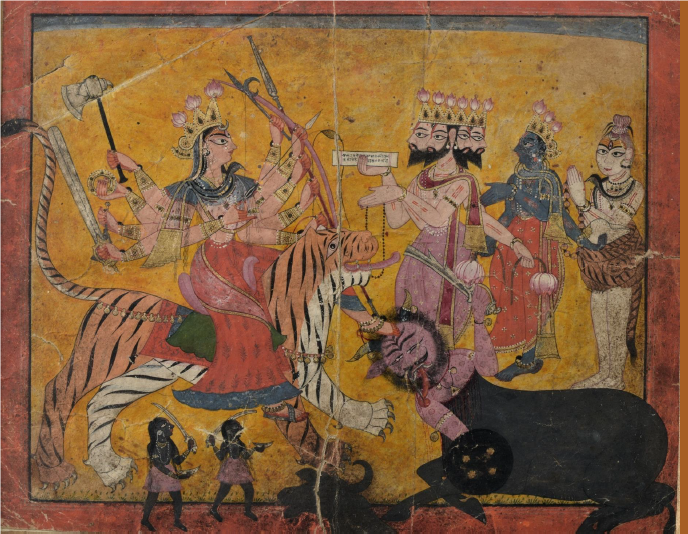
Image Courtesy: National Museum, Delhi
Shakti is the benevolent Mother who reincarnates to re-establish the reign of Good over Evil.
One of the cornerstones of Indian thought is that the formless Divine manifests at the behest of the devotees to defeat the forces of evil and re-establish the forces of good. The Chandi reiterates this in its narrative, proclaiming that while Shakti is eternal and unborn, the benign mother, manifests herself again and again to protect the world[ii]. It assures us that we need not despair for She will protect us and guide us.
The I within us is constantly engaged in a combat with good and bad. We have to transcend the I (aham) or ego to reach the Divine.
The Devi Mahatmya reminds us that there is constant battle within us – a battle between our saintly and our demonic tendencies. It must be won. We must transcend our own nature – with all its wrong conceptions (the Mahisha within us) and move beyond the false sense of I (aham) to reach and merge with the higher divine consciousness for happiness and bliss. The arrangement of the episodes in the Saptashati symbolises the different stages of this elusive process of transcending the self.
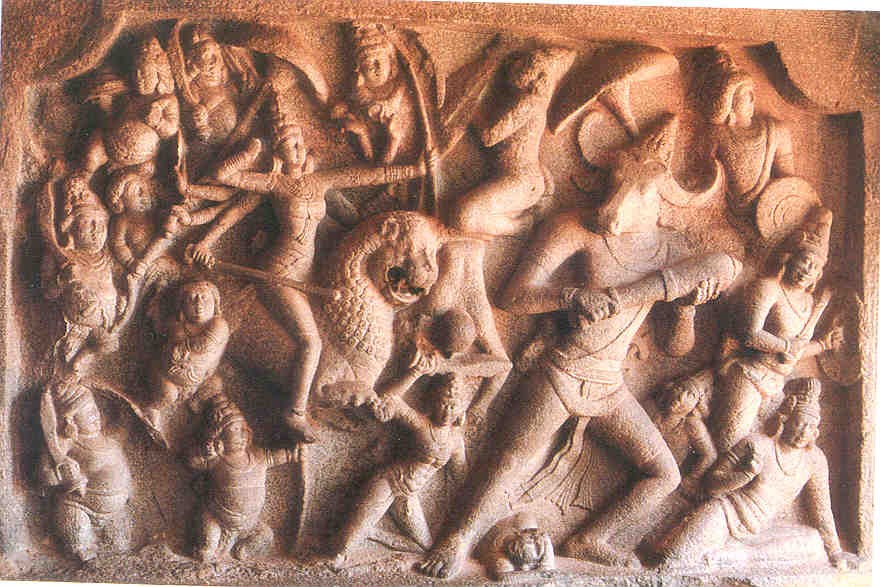
Our ego and our pride keep resurfacing till they are annihilated.
In the third episode of the Chandi, Kali and the Matrikas kill the ferocious Raktabija (rakta is blood and bija is seed). Raktabija can be likened to our ego and our pride. Our ego keeps resurfacing in various demonic forms when hurt. It can be likened to the drops of blood which keep giving rise to Raktabija again and again. Our pride and our ego have to be destroyed completely for us to be able to move forward.
There is a multiplicity of purusharthas (goals) at various stages of our existence.
The Indian tradition recognizes that each one of us has a different goal based on the cosmic law of karma. Both the desire for artha and moksha are valid as long as they are achieved by following the dharmic path or path of dharma. At the end of the frame narrative of the Devi Mahatmya, Surath asks for the power to defeat his enemies in the current birth and for a kingdom in the next birth – artha. Samadhi requests for that knowledge which does not distinguish between the Divine and the I – moksha[iii]. The Devi grants both.
The Supreme Divinity can be and is visualised in a Feminine Form.
There are many references in earlier Indian literature including the Vedas, where the Supreme Being is referred to as the Divine Mother. She as prakriti (the active principle) is the cause of all creation in Samkhya thought, she as shakti is the energy of the Universe and she as maya conceals the true nature of reality in Vedanta.
The Devi Mahatmya, however, brings together all forms of the Divine feminine, coalesces them into a whole and crystallises the fiercely independent Goddess as The Supreme Being – The Ultimate Godhead – The Divine Feminine. She is the Mahadevi who creates the Universe, pervades all creation (omnipresent) and sustains all creation, and then destroys it. She is the Mahadevi who possesses the powers of all the male gods combined (omnipotent). All divine beings are just manifestations of her – there is ‘no second one’ in this Universe.[iv] The composition also brings together the vatsalya of the Matrikas with the fierceness of Kali to fuse into the great Mahadevi.
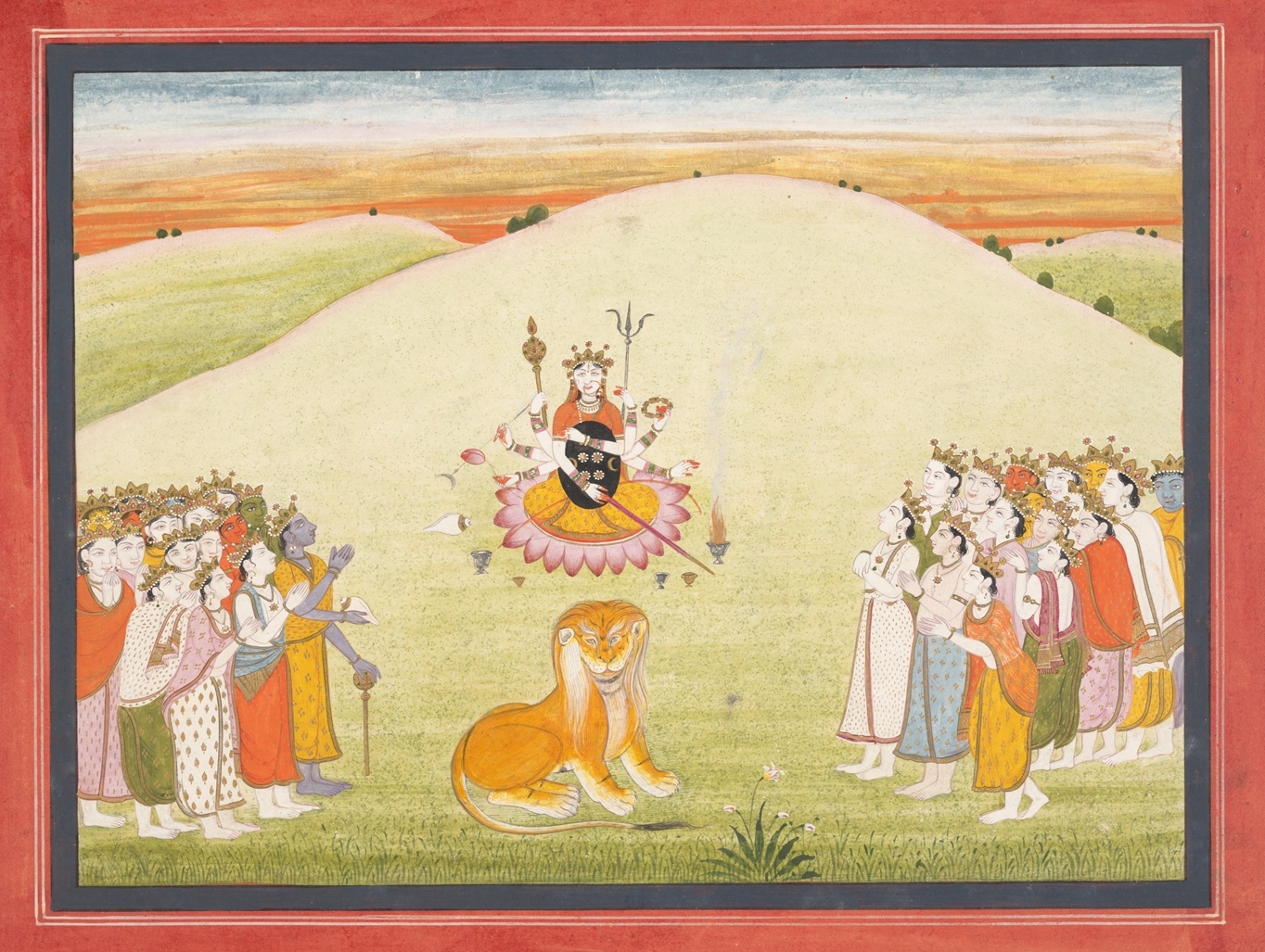
Image Courtesy: Met Museum
End Notes:
[i] “Indraṃ mitraṃ varuṇamaghnimāhuratho divyaḥ sa suparṇo gharutmān,
ekaṃ sad viprā bahudhā vadantyaghniṃ yamaṃ mātariśvānamāhuḥ”
“They call him Indra, Mitra, Varuṇa, Agni, and he is heavenly nobly-winged Garuda.
To what is One, sages give many a title they call it Agni, Yama, Mātariśvan.” (Rig Veda I.164.46)
इन्द्रं मित्रं वरुणमग्निमाहुरथो दिव्यः स सुपर्णो गरुत्मान् ।
एकं सद्विप्रा बहुधा वदन्त्यग्निं यमं मातरिश्वानमाहुः ॥ ऋग्वेद-१.१६४.४६
[ii]evaṃ bhagavatī devī sā nityāpi punaḥ punaḥ ।
sambhūya kurute bhūpa jagataḥ paripālanam ॥ (Durga Saptashati – 12.36)
एवं भगवती देवी सा नित्यापि पुनः पुनः।
सम्भूय कुरुते भूप जगतः परिपालनम्॥ (दुर्गासप्तशती 12.36)
tato vavre nṛpo rājyamavibhraṃśyanyajanmani ।
atraiva ca nijaṃ rājyaṃ hataśatrubalaṃ balāt ॥
so’pi vaiśyastato jñānaṃ vavre nirviṇṇamānasaḥ ।
mametyahamiti prājñaḥ saṅgavicyutikārakam ॥ (Durga Saptashati – 13.17 and 13.18)
ततो वव्रे नृपो राज्यमविभ्रंश्यन्यजन्मनि।
अत्रैव च निजं राज्यं हतशत्रुबलं बलात्॥
सोऽपि वैश्यस्ततो ज्ञानं वव्रे निर्विण्णमानसः।
ममेत्यहमिति प्राज्ञः सङ्गविच्युतिकारकम्॥ (दुर्गासप्तशती 13.17 एवं 13.18)
[iv] ahaṃ vibhūtyā bahubhiriha rūpairyadāsthitā ।
tatsaṃhṛtaṃ mayaikaiva tiṣṭhāmyājau sthiro bhava ॥ (Durga Saptashati – 10.8)
अहं विभूत्या बहुभिरिह रूपैर्यदास्थिता।
तत्संहृतं मयैकैव तिष्ठाम्याजौ स्थिरो भव॥ (दुर्गासप्तशती 10.8)
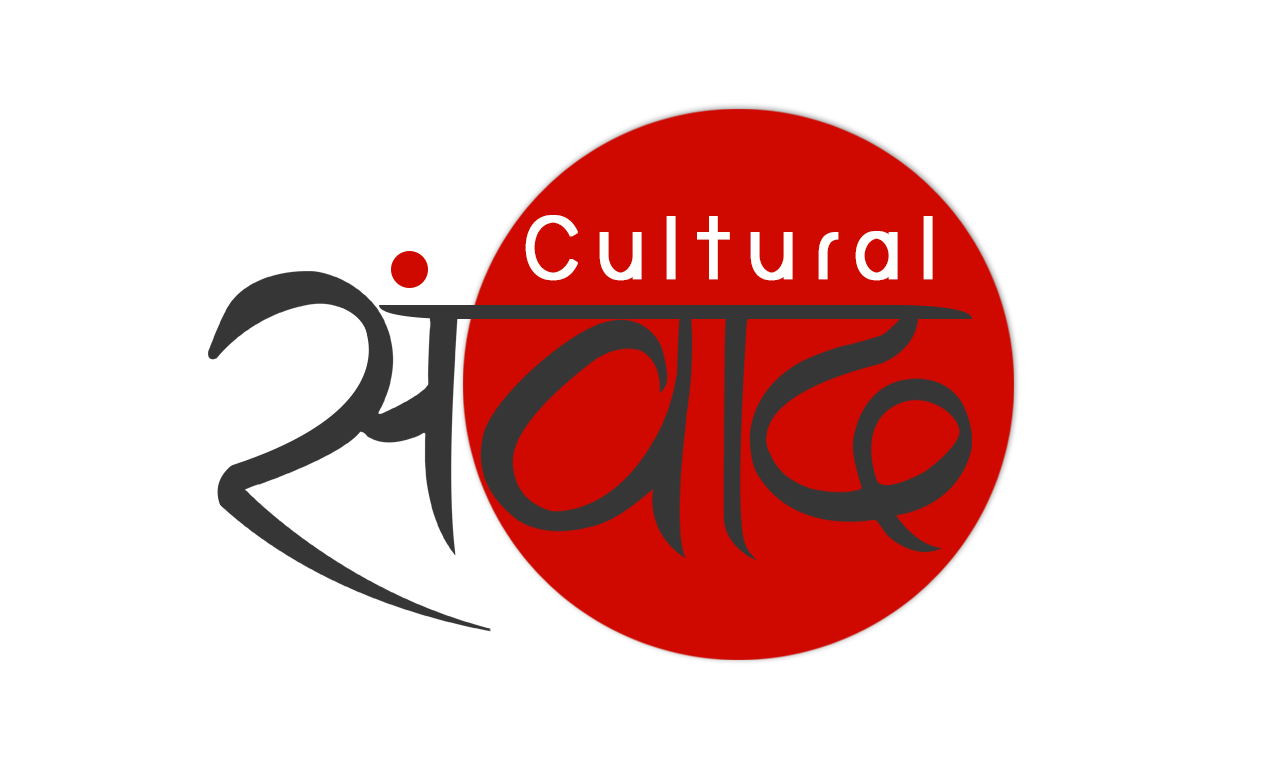

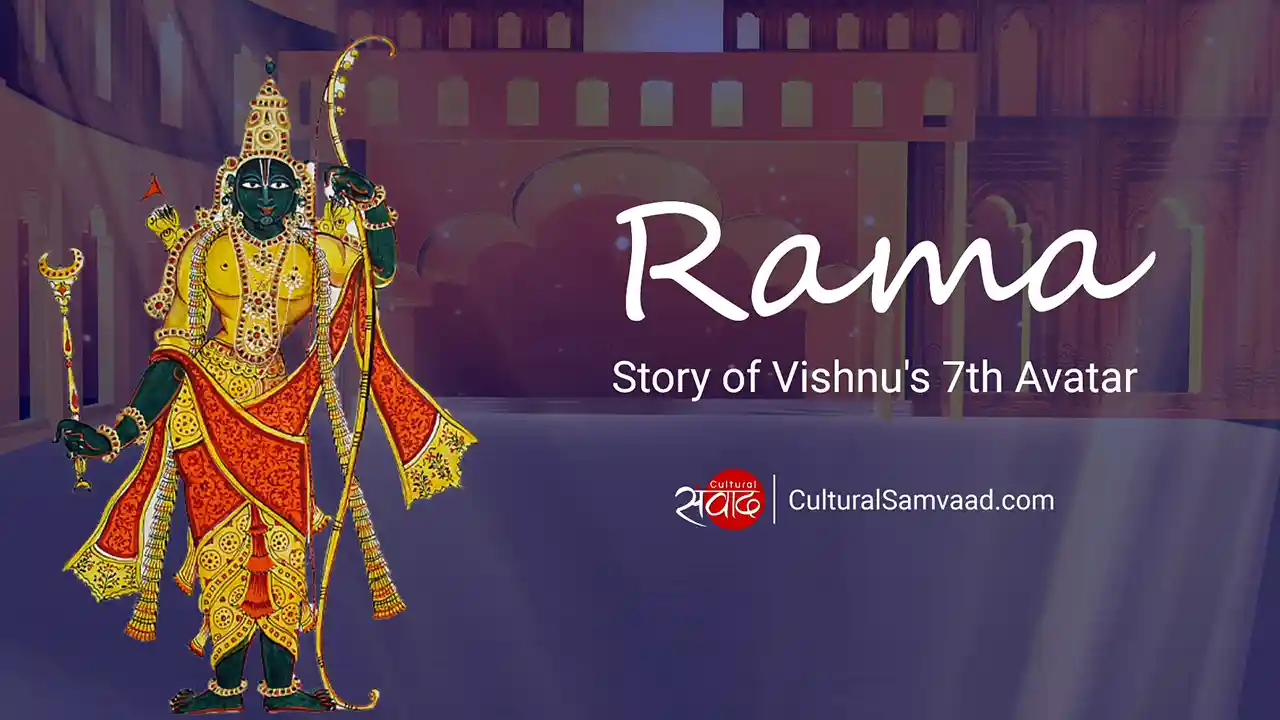

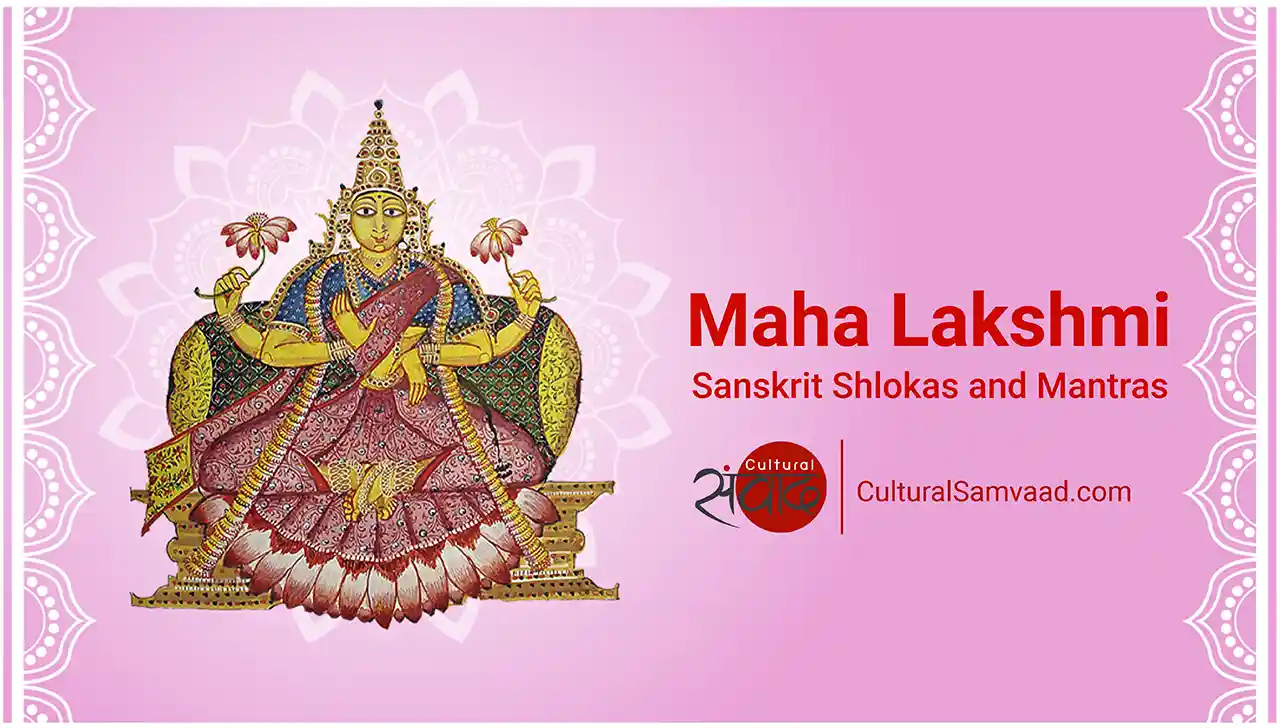
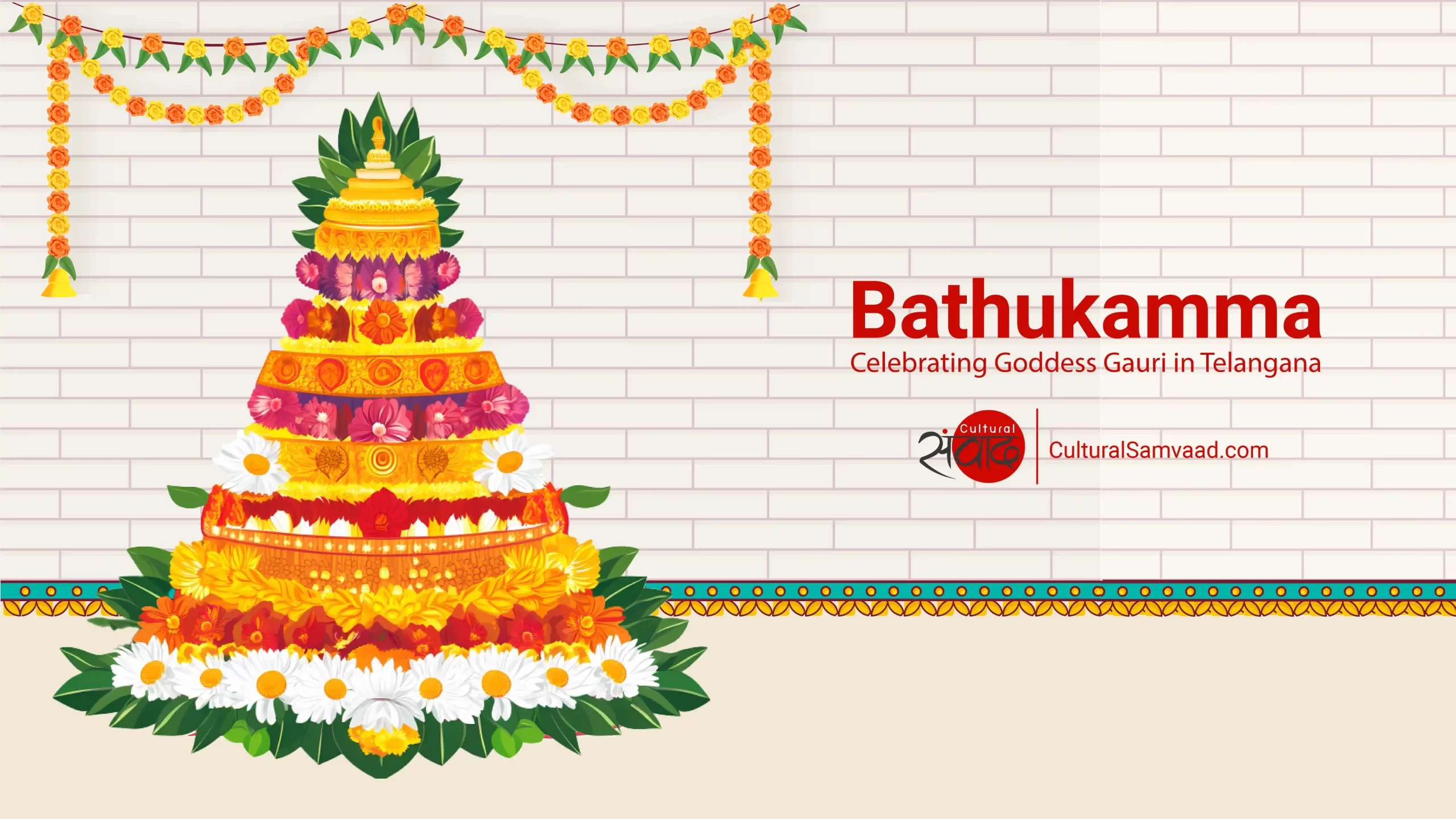
Add comment